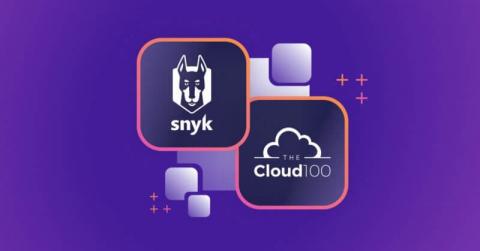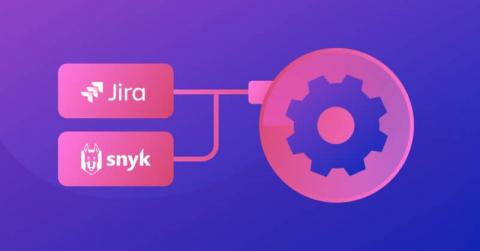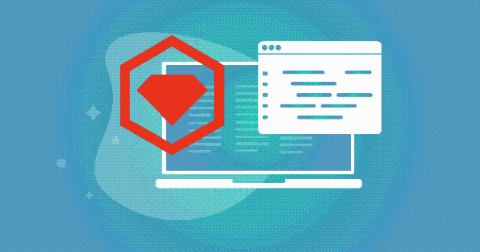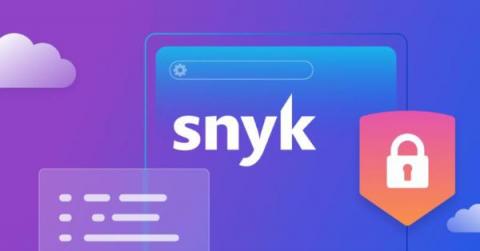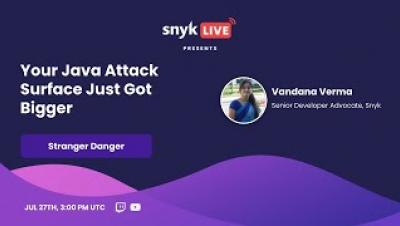Controlling your server with a reverse shell attack
Creating and running an application in your favorite language is usually pretty simple. After you create your application, deploying it and showing it to the world is also quite straightforward. The last thing you need is someone to take over your system and fully control your brand new application. In this article, I’ll explain how this can happen with a reverse shell attack. Note that the code examples in this article are for educational purposes only.




